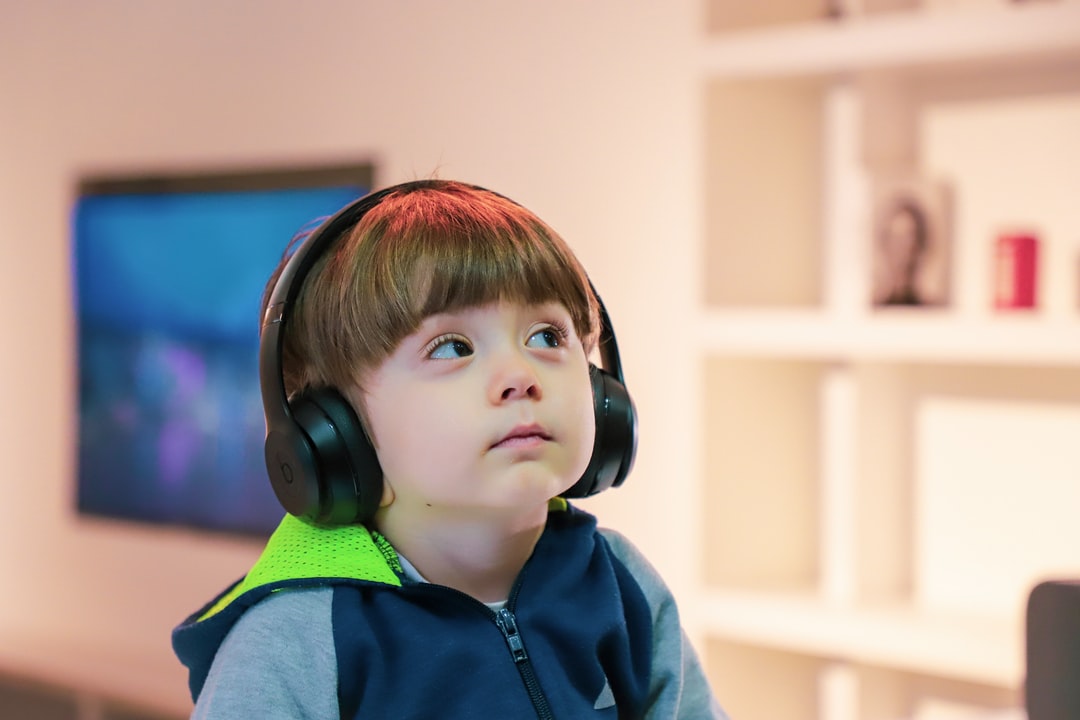Do you have a child or family member with autism or borderline personality disorder?
These disorders are characterized by social impairment and behavioral issues. They’re both in the autism spectrum disorders.
Since they’re associated with social and behavioral issues, autism vs BPD will always be a topic of debate.
Before you join the debate, it’s best to get the facts straight. As parents and caretakers, you have a responsibility to understand the disorders better.
Find out everything you need to know about autism vs BPD.
Nature of the Disorders
Differences between autism and Borderline Personality Disorder (BPD) focus on their causes. Autism is typically a disorder that is largely genetic in nature and is typically present from a very young age. It causes difficulties with social interactions, communication, and repetitive behavior.
On the other hand, BPD is caused by a mix of biological, psychological, and environmental factors that usually start to show up in adults. People with autism may have trouble getting along with others. But, people with BPD focus more on controlling their moods and feelings of being left out.
Also, people with autism often have trouble getting along with other people in normal social settings. While those with BPD may fluctuate and have difficulties with self-image and self-identity. Because of this, treatment approaches for the two conditions must be handled differently and with great care.
Onset and Development
Autism and Borderline Personality Disorder have two key differences when it comes to onset and development. Autism is typically diagnosed in childhood. With the right help and programs, people on the autism spectrum can learn how to deal with problems in a healthy way.
Borderline Personality Disorder usually doesn’t show up until later in life and isn’t “treatable” like autism is. The majority of those diagnosed with BPD are women, and generally, their symptoms are seen in their 20s or later.
With BPD, it is possible to manage symptoms, but it tends to be a lifelong battle that requires constant monitoring and effort. Awareness and education are key when it comes to early detection and treatment of both autism and BPD. It is important to know the key differences between the two to give those affected the best care and support possible.
Treatment and Management
Different treatments and management are used for Autism and BPD. The process for treating autism focuses on the following:
- learning social skills
- communication skills
- behavior modification
Medication may be necessary for some individuals to help treat related conditions such as anxiety or mood swings. For BPD, the primary treatment is normally a combination of psychotherapy and medication. As well as the necessary outside support systems like family therapy, group therapy, and more. Medication may be needed to help treat signs like impulsivity, thoughts of suicide or hurting oneself, and mood swings.
In both cases, treatment must be made to fit the needs of the person, with the goal of reducing distress and making it easier to live a full and worthwhile life.
Knowing the Difference Between Autism vs BPD
Autism vs BPD, while both affecting mental health, are vastly different conditions that should be handled with nuance. It is important to understand which traits are associated with each in order to provide the best care and support.
If you or a loved one are struggling to understand the differences, reach out to a mental health professional for more insight.
For more informative topics, check out the rest of our site!



